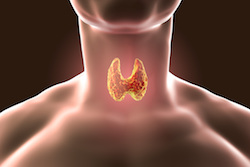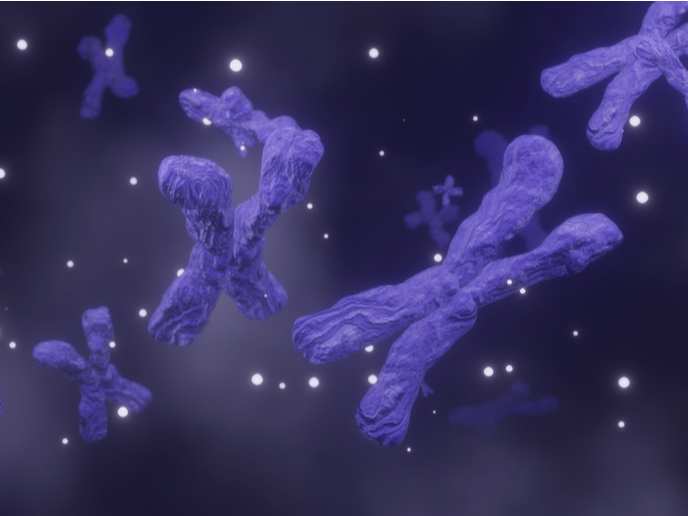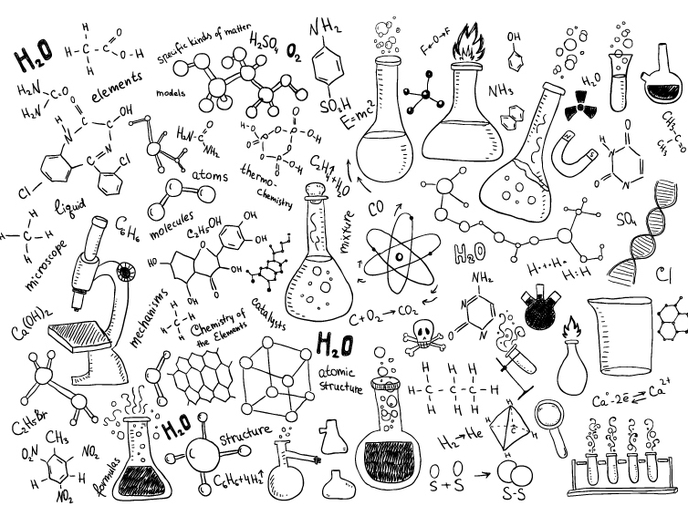New halogen bonding applications drawing inspiration from nature
Halogen bonding arises from a rather complex set of interactions between an electrophilic region of a halogen atom in one molecule and the nucleophilic region of another molecule. Whilst this may sound abstract to the laypeople, it’s actually a very important tool for chemists looking to assemble molecules. Compared to other, more popular noncovalent interactions, halogen bonding benefits from high directionality and hydrophobicity, and the strength of the interaction can be fine-tuned by only changing the nature of the halogen atom while leaving the rest of the molecular structure intact. There is also another aspect of halogen bonding that explains the increasing attention it’s been gathering over the past years: it still has untapped potential, and many of its characteristics are still unknown. “In my opinion, the main knowledge gap in this field is the full understanding of the biological role of halogen bonding in nature. At first sight, halogen bonding in nature seems uncommon especially if compared with the ubiquitous hydrogen bond, but this is not entirely true: nature chose halogen bonding to regulate one of the most complex regulatory function of our body – the thyroid hormone system,” says Pierangelo Metrangolo, Professor of chemistry at the Politecnico di Milano. Let’s have a closer look at our thyroid: its main secretion is a hormone named thyroxin (T4), which goes directly into the bloodstream and plays vital roles in digestion, heart and muscle function, brain development and the maintenance of bones. Initially T4 has four iodine atoms in its structure, and it gets activated by the removal of one of these atoms: a halogen bond whose disappearance effectively transforms T4 into T3, the active hormone. T3 then becomes an inactive T2, which is itself turned into T0 that recycles iodine atoms for the T3 to T4 transformation. “It’s amazing to see how complex nature is and how it knew about halogen bonding before chemists started using it,” Prof. Metrangolo says. This is precisely what his ERC grant was about: by studying the capabilities and properties of halogen atoms as recognition ‘sticky’ sites in the context of biomolecules, Prof. Metrangolo wanted the FoldHalo project to partially close this gap in knowledge. “Although many modifications of peptide sequences have been utilised to tune their self-assembly, halogenation has rarely been pursued. But the fact that halogen atoms are uncommon in biological molecules mean that their site-specific incorporation into amino acids, oligopeptides, and proteins may confer a very high degree of control and specificity. What’s more, halogenation is a minimal structural modification that can induce a large difference in the peptide supramolecular behaviour,” Prof. Metrangolo explains. With FoldHalo, Prof. Metrangolo and his team could demonstrate for the first time that halogenation strongly influences both solution and solid-state self-assembly behaviours of peptides. They applied the new supramolecular concept to the augmented fibrillation of amyloidogenic peptides such as DFNKF, KLVFF, and hCT (human calcitonin); and they successfully synthesised a new unnatural amino acid, p-iodo-tetrafluoro-phenyl-(L)-alanine, which was scaled-up to five grams and is now available to introduce new self-assembly and function features to peptide constructs. “We believe we have successfully opened a totally new strategy in the field of unnatural modifications of amino acids and peptides with far reaching applications in many different fields spanning from molecular basis of diseases to functional peptide nanostructures,” Prof. Metrangolo enthuses. These halogenated aminoacids can act as biomarkers for various oxidative-stress related diseases, such as cystic fibrosis, atherosclerotic intima, sepsis, asthma, and Parkinson’s disease. The research even suggests that oxidative stress-induced halogenation of proteins may prompt the augmented fibrillation observed in various pathologies such as Parkinson’s and Alzheimer’s diseases. Prof. Metrangolo says that FoldHalo opens new avenues in many different research fields. The FoldHalo team is currently building upon project findings for another project called MINIRES, which studies halogenation principles behind the flight and jumping systems of insects. They also hope to develop new sensors for halogenated pollutants based on FoldHalo’s engineered environmental antibodies.







